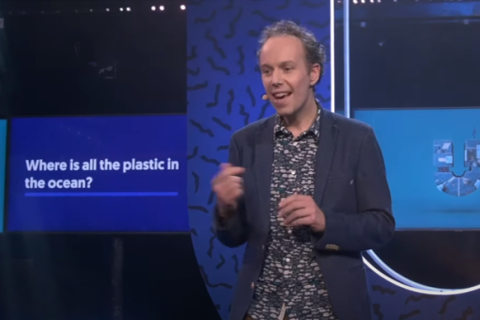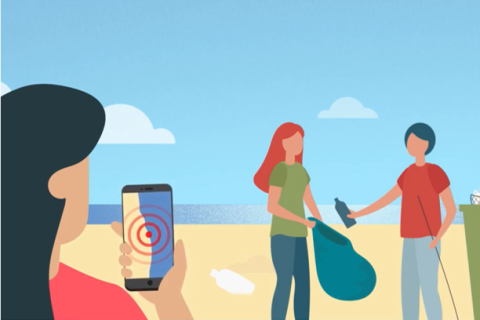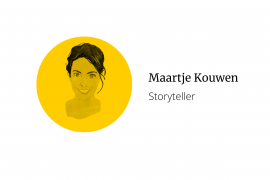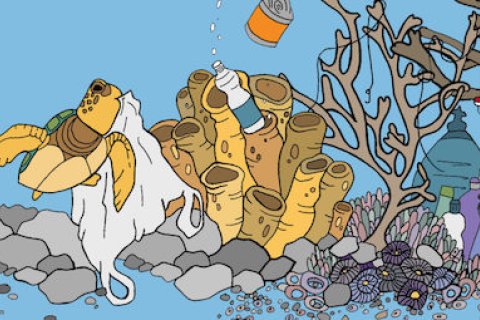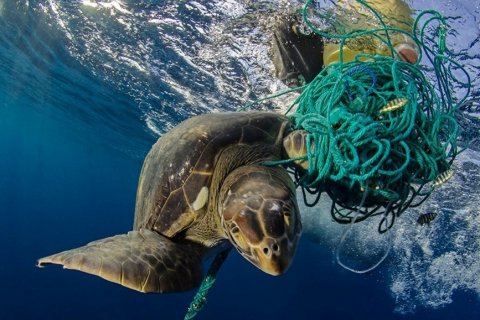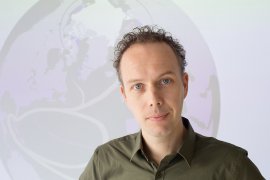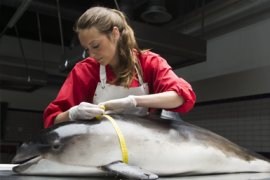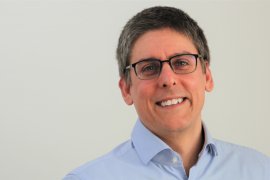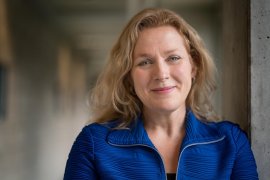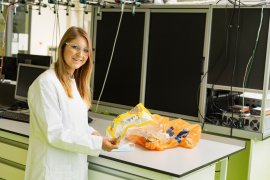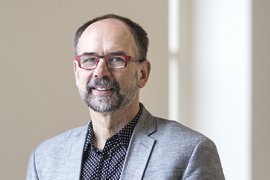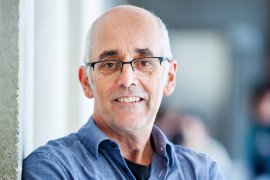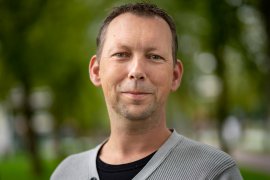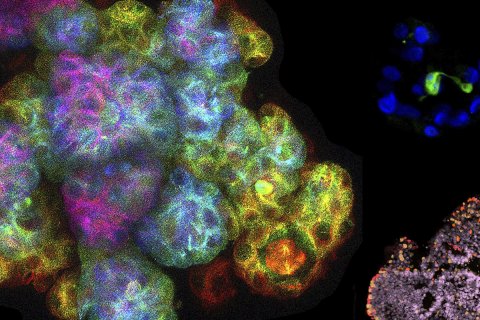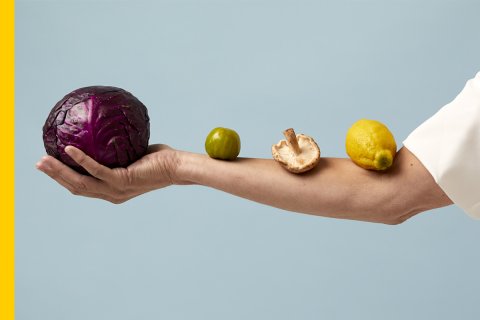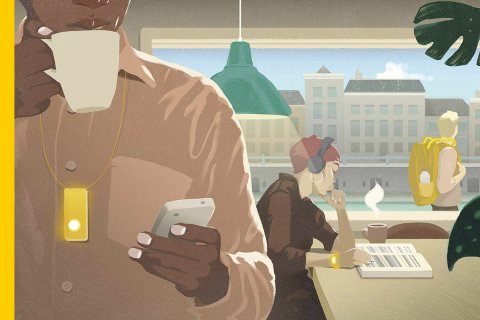99 percent of all the plastics in the ocean is missing. We know it went in, but we have no clue where it’s headed. One thing is certain though: plastic is never really gone. The question is: where did it go? By finding out where the plastic is, we can investigate how harmful it is. Think of plastic in your drinking water, in your food or even in unborn babies. By tracking the journey of plastic through the oceans, we can trace where it originates and who is responsible. That’s the starting point of the challenge that is becoming more pressing everyday: reducing the ever growing rubbish pile of plastic.
Where has all the plastic gone?
Estimated reading time: 13 minutes
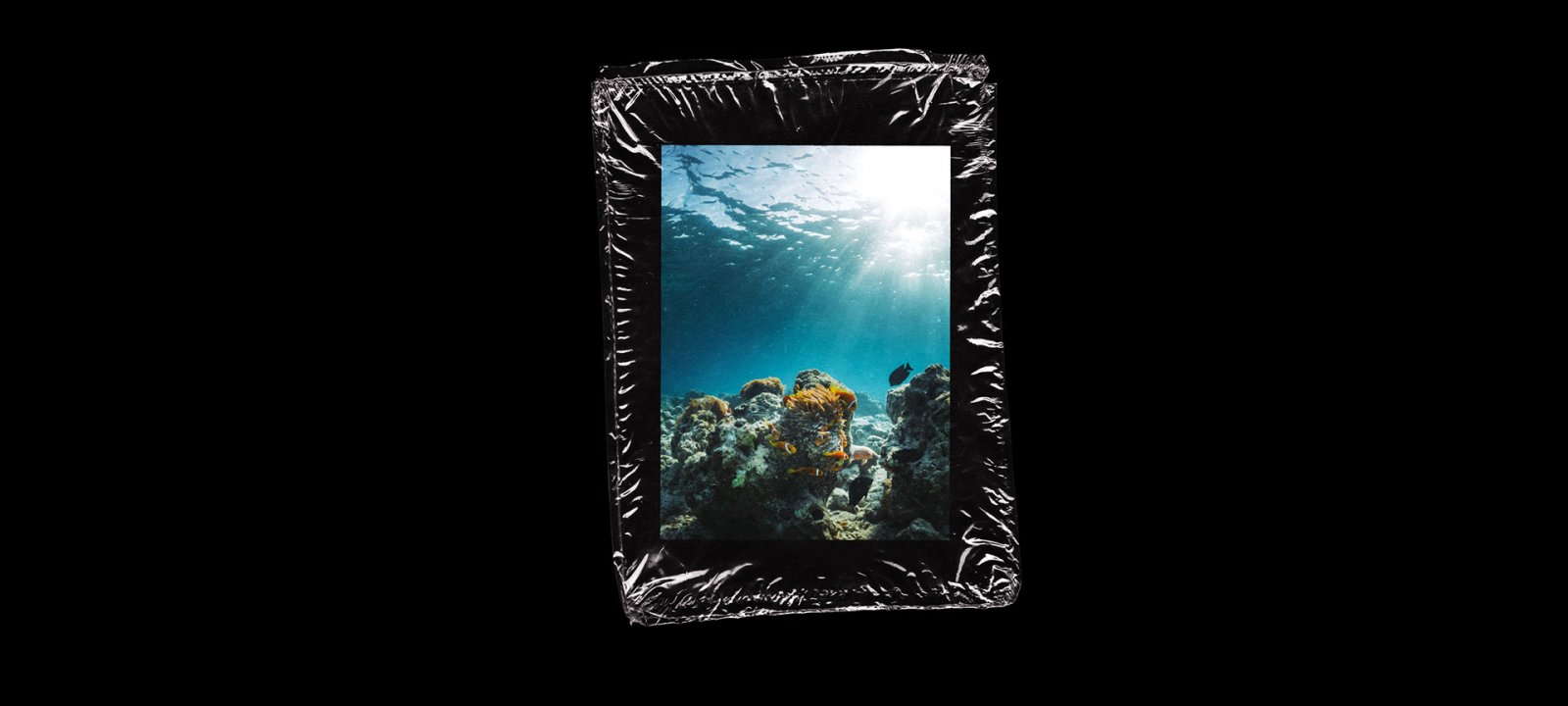
There are not many animals that engulf an entire cola bottle, but microplastics are so small that they can permeate almost everything
Even though plastic packaging was designed as a disposable, plastic is here to stay. In the Netherlands alone, we add 512 million kilograms of plastic packaging each year to the ever growing pile of rubbish. That’s 1500 packages per person per year, or 4 a day. We recycle only a fraction of it. You might have seen shocking pictures of sea turtles tangled in plastic bags, and water ways filled with plastic bottles as far as the eye can see. But that’s really just the tip of the plastic ice berg.
To set things straight: islands of floating plastic are a myth. The truth is in fact even more disturbing: plastic falls apart in tiny microplastics and even smaller nanoplastics. “There are not many animals that engulf an entire cola bottle, but microplastics are so small that they can permeate almost everything”, says oceanographer Erik van Sebille, chair of the interdisciplinary network Utrecht Plastic Sources, Sinks and Solutions (UPlasticS3) of Utrecht University. The longer plastic stays in the ocean, the more microplastics will emerge and the more problems it can cause. That’s why it’s worrying that 99 percent of the plastic in the ocean is missing, as Utrecht scientists calculated. Where is it and what harm does it cause?
Just because you can’t detect it,
doesn’t mean it’s not there.
The plastic journey
“For an oceanographer studying the plastic journey is the silver lining of the plastic soup issue: plastic soup is a drama, but let’s make use of it and learn more about the ocean”, says Erik van Sebille, who studies the way plastic travels though the ocean by modelling the ocean currents and tracking the transport of material. But his research is not just about answering fundamental questions.
Knowing how plastic travels through the oceans has many practical implications as well. “If we encounter plastic in the ocean and know how it travels, we can calculate where it entered the water. That is to say: who is responsible for it.” It’s where the ‘sources and sinks’ in the Utrecht Plastic Sources, Sinks and Solutions network refer to. It helps in finding solutions too: “At the same time you can also predict where plastic will travel to and where it will come ashore, contributing to effective ways of cleanup”, Van Sebille says.
From the deep sea to alpine snow and remote islands: researchers are now discovering plastics in all kinds of places. “Even though it shouldn’t be there, plastic in the ocean itself is not the problem here. Plastic in an organism or in your body is”, says Van Sebille. So where is it? That’s what we have to find out and that’s why scientists from Utrecht University are joining hands and work towards ways to detect even the smallest plastic particles. Just because you can’t detect it, doesn’t mean it’s not there.
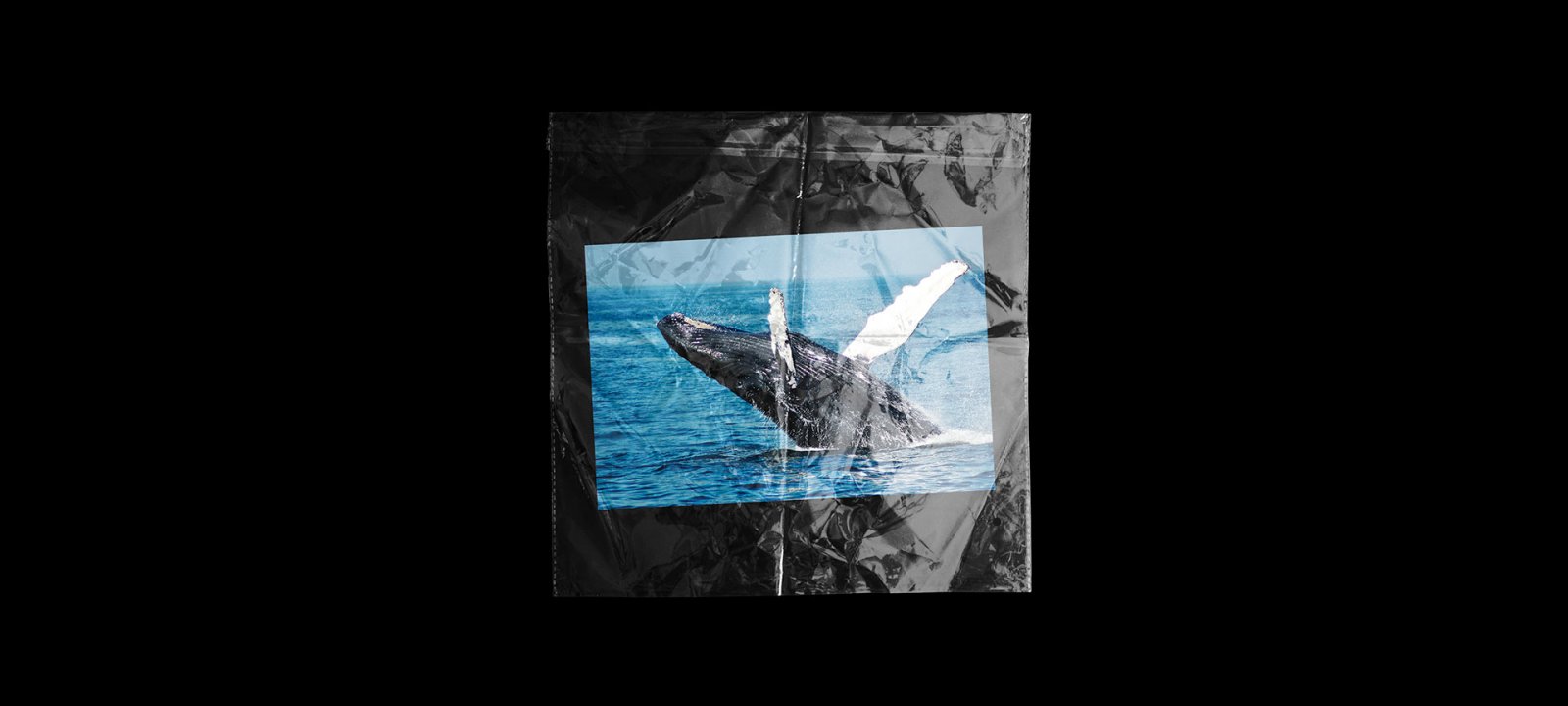
Porpoises in the necropsy room
“It isn’t the larger pieces of plastic that cause the biggest problems”, agrees biologist Lonneke IJsseldijk from Utrecht University, who examines about 50 to 100 stranded harbour porpoises in the necropsy room every year. “I still have to receive the first porpoise that died because of plastic.” She does encounter pieces of plastic in cetaceans, but marine debris, as researchers call it, is not responsible for the direct death of the animals.
“In about 7 to 15 percent of the harbour porpoises we find marine debris, but not in large chunks that cause obstructions or perforations, as you might expect”, says IJsseldijk. “Even in stranded sperm whales along the North Sea coast in which we discovered entire buckets, fishing robes and half a car bumper, marine debris was not the cause of death”, says IJsseldijk.
It may seem counterintuitive, especially given the size of these giants, but it’s the microplastics that may form a far greater health issue for sea life. “Filter feeders like baleen whales are more prone to ingest microplastics, as they swim continuously with their mouths wide open. Porpoises might ingest them too. We just don’t know yet; because microplastics are so tiny, they are hard to detect. There is still a lot to discover about the toxicity and the health risks they might cause”, says IJsseldijk, who is also part of the UPlasticS3-network. “That is why lab studies and the collaboration with research groups from different fields is so important.”
As long as there is no proof of harmful effects, there is no urgency for policy makers to address the issue.
Detecting even the smallest nanoplastics
While finding microplastics can already be complex, detecting the even smaller nanoplastics turns out to be a huge challenge. Help sometimes comes in unexpected ways, shows Utrecht based chemist Florian Meirer whose group works with several spectro-microscopic techniques to usually perform analytic measurements on nanoparticles in for example catalyst materials and battery electrodes. “Nanoplastics are incredibly hard to detect with usual techniques. By combining several of our techniques we are able to measure individual nanoplastics with the size of one thousandths of the width of a human hair”, says Meirer, who is part of the UPlasticS3-network as well. The researchers from UPlasticS3 already found nanoplastics in ocean water, the sea bottom and alpine snow.
We are able to measure individual nanoplastics with the size of one thousandths of the width of a human hair
It’s not just the presence of nanoplastics, the researchers are also able to get an idea about the type of plastic: whether it is for example PET, polystyrene or some other material. And there is more, Meirer adds. “By studying how larger pieces of plastic degrades into nanoplastics, we want to estimate the age of nanoparticles that are found in the ocean. By combining the duration of its ocean journey with knowledge about ocean currents from Erik van Sebille, we’ll ultimately be able to trace back its origin.”
So far screening water works, but detecting nanoplastics in tissue and blood however is next level. “Both nanoplastics and human samples like tissue or blood are organic materials that mainly consist of carbon, oxygen and hydrogen. For such small particles as nanoplastics that makes it hard to distinguish between the two”, explains Meirer. “We’re currently working on ways to pre-digest samples to be able to detect nanoplastics in blood. This will help to identify plastic in, for example, organ tissue from the cetaceans Lonneke IJsseldijk is working with, as well as to detect plastics in human tissue and to assess the toxicological effects in the lab.”
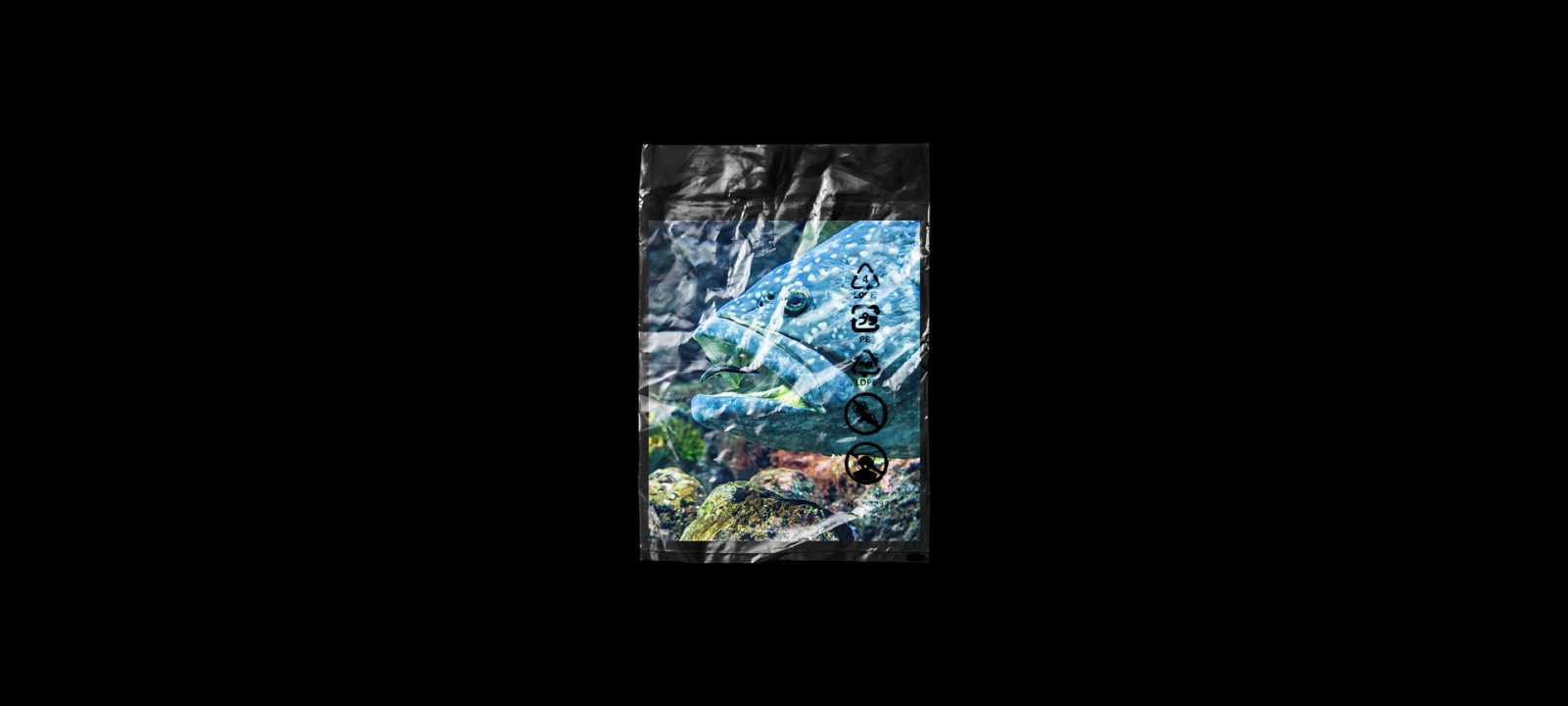
Plastic in our bodies
Utrecht University is frontrunner in investigating the health effects of micro- and nanoplastic in such an interdisciplinary approach and such a wide scale, says toxicology professor Juliette Legler, who looks at the effect of microplastics during pregnancy and early life. Microplastics can potentially be harmful in three different ways: “As particles, they can either elicit a stress response in cells. The plastics can also leak chemical additives into the body. Or the plastics can be a vector for transporting bacteria and micro-organisms”, Legler explains. “We have the first indications that microplastics are absorbed by the human body, but we hardly know their effects on our health”, she says.
The indications Legler is referring to are as much astonishing as they are alarming. In the last couple of years several Utrecht research groups from the UPlasticS3-network have been looking at specific parts of the body, to investigate whether microplastics enter and affect the human body. Their achievements are profound. “By looking at placentas and performing model studies in the lab, we now have strong indications that microplastics enter the placenta. Since we also have indications that microplastics are present in the amniotic fluid, it is not unlikely that unborn babies swallow microplastics”, says Legler. Colleague Raymond Pieters was able to demonstrate that microplastics enter the gut and pass into the tissue and beyond. Interactions may elicit immune responses. And neurotoxicologist Remco Westerink was able to show that microplastics can even pass the blood-brain barrier and may affect neuronal function.
We now have strong indications that microplastics
enter the placenta
To further explore the risks of plastic particles for human health and the exposure – ranging from textiles to football pitches with artificial grass – immunotoxicologist Pieters will lead a large European consortium called Polyrisk, in which also Florian Meirers group and Nienke Vrisekoop (UMCU) are involved. Legler will continue looking at effects of microplastics on pregnancy and early life in the project Aurora, led by epidemiologist Roel Vermeulen. For example by investigating microplastics in umbilical cord blood and perform epidemiological follow-up studies in children. Legler will also start the new multimillion euro Momentum-project – together with almost thirty knowledge institutes and industries, and Utrecht researchers Remco Westerink, Raymond Pieters, Hanna Dusza and Roel Vermeulen – to investigate the effects of microplastics on human health and work in close collaboration with the plastic industry.
Because there is more to be discovered. “We’ve now demonstrated that microplastics appear in specific parts of the body. And we already observe that microplastics alter gene expression and cell metabolism. But we need more”, says Legler. “We see that our cells react to the microplastics, and although it’s not natural, it doesn’t necessarily mean that it’s harmful. Once we determine what the longterm effects are, we can work with the industry to find solutions to prevent exposure”, Legler explains.
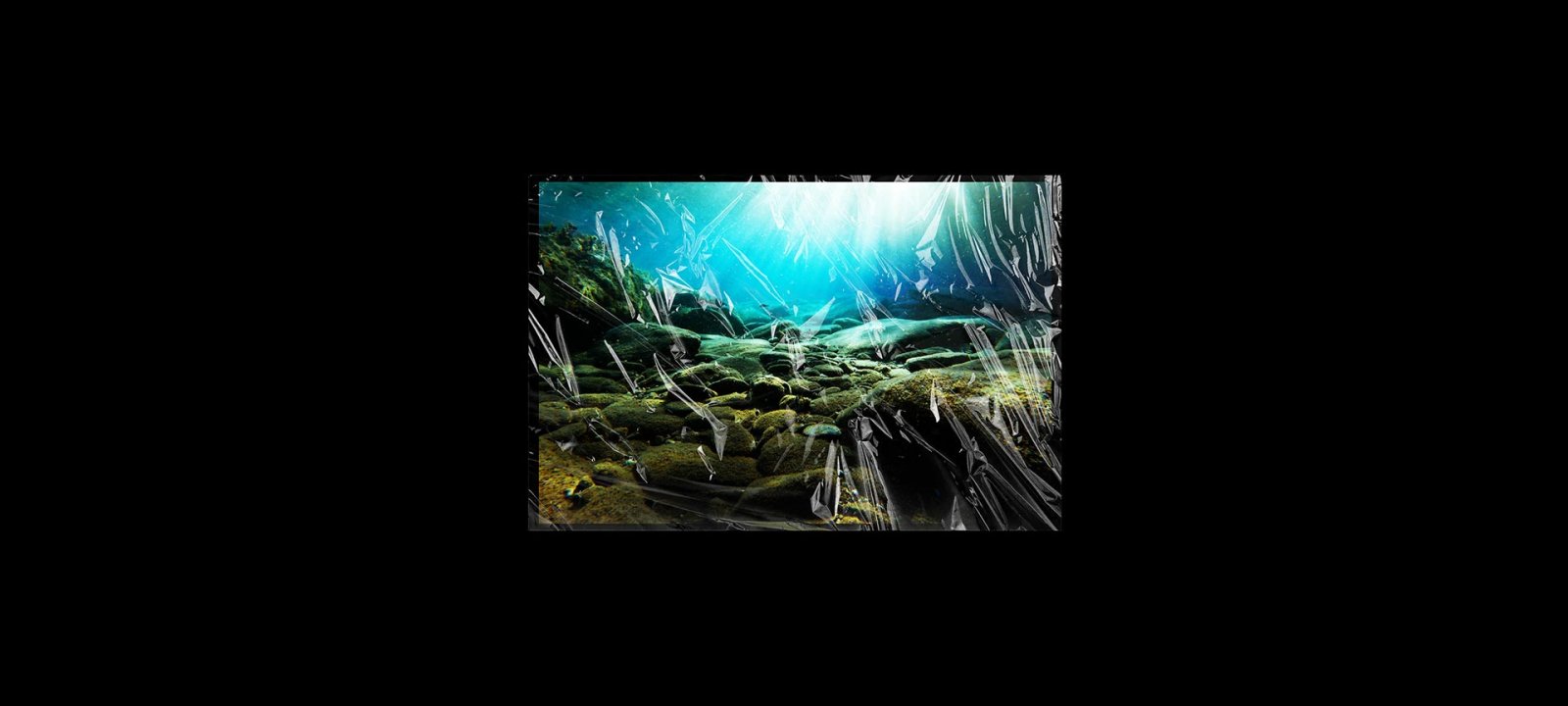
Who is responsible?
Knowing more about the toxicological effects is not just a health issue, it’s also key for providing a legal framework. “Of course, everyone has this gut feeling that plastic shouldn’t be in your food or in your body. But as long as there is no proof of harmful effects, there is no need for policy makers to actually do something about it”, says environmental law professor Chris Backes from Utrecht University, who is also part of the UPlasticS3-network.
The difficulty with plastic in the oceans is that it’s a global issue. International supply chains and free trade agreements aren’t making things easier. “It is all connected to each other, but the law isn’t. The plastic problem is becoming more urgent every day, but in terms of legislation we are just getting started”, Backes says. “The world won’t become a cleaner place if we lack a global approach.”
The ban of microplastics in cosmetics by the European Union is “spectacular” according to Backes from a legal point of view. “But this just concerns the microplastics added on purpose to products like scrubs and tooth paste; they make up less than 1 percent of the microplastics in the ocean. The two biggest origins are the wear and tear of car tires on the roads (28 percent) and of clothing in the washing machine (35 percent). Who is responsible for that? The manufacturer of the clothes, of the washing machine? The sewage treatment? The consumer?”
Manufacturers are not just responsible for creating the product,
they should also be responsible for the waste they’ve created.
So called ‘extended producer responsibility’ can be one of the ways to go to reduce the garbage piles, Backes’ research shows. “In some particular products this is already applied. Think of car tires that are re-collected, batteries, or the plastic, cans and drink packages that are recycled. For carpets and matrasses this kind of recover obligation might also be applied in the near future”, Backes says. “Manufacturers are not just responsible for creating the product, they should also be responsible for the waste they’ve created.”
Connecting legislation around new products is one of the targets of Backes’ research. “When a new product is approved for the market, there are rules concerning the safety of a product, its health effects, and specific product requirements. But there are no rules concerning the afterlife of a product, its waste or the reuse of products. We want manufacturers to apply circular solutions: look at the final stage of a product already at the start of producing a new product, making reuse, recover or circular use easier. Let a product meet certain circular demands before it can enter the market.”
Skyscraper
In 2019 Utrecht University brought the Skyscraper to Utrecht, an 11 meter high whale made out of plastic litter. It was initated by Marleen van Rijswick, professor of European and national water law: “It symbolizes a huge problem we normally don’t see and it’s a shared problem. So it’s a shared responsibility to tackle it.”
Increasing the recycle rate
The recycling rate simply needs to increase, will we ever reduce the growing pile of plastics and prevent it from entering the ocean. “At this point, in Europe only 30 percent of all plastic waste is recovered and a much smaller fraction recycled. 20 Percent of the collected waste is even transported abroad, to countries like Cambodia, Indonesia and Malaysia. It’s doubtful whether the plastic is truly recycled there, rather than simply burned or discarded in the environment”, says Utrecht based chemist Ina Vollmer.
It’s not that recycling isn’t possible at this stage however. “The problem is that plastic is too cheap. And currently available recycling techniques via traditional recycling yields a lower quality product than raw materials from crude oil, making it less attractive for manufacturers to work with. That is why I am working on new ways of chemical recycling”, Vollmer says.
One might think mechanical recycling is promising, in which you would simply heat and reshape the material into a new product, as in 3D printing. It indeed saves up on new material, energy and CO2 emissions, but the quality is poor, limiting its applications. “With chemical recycling we can break the polymer chains into the individual building blocks that it was made from. However, it costs more energy and thus produces more CO2. By adding a catalyst I can lower the temperature required for the process and improve the product quality”, Vollmer explains. “This can produce interesting feedstock for the refining industry, reducing the use of crude oil and stopping plastic waste from reaching the ocean or even entering the human body.”
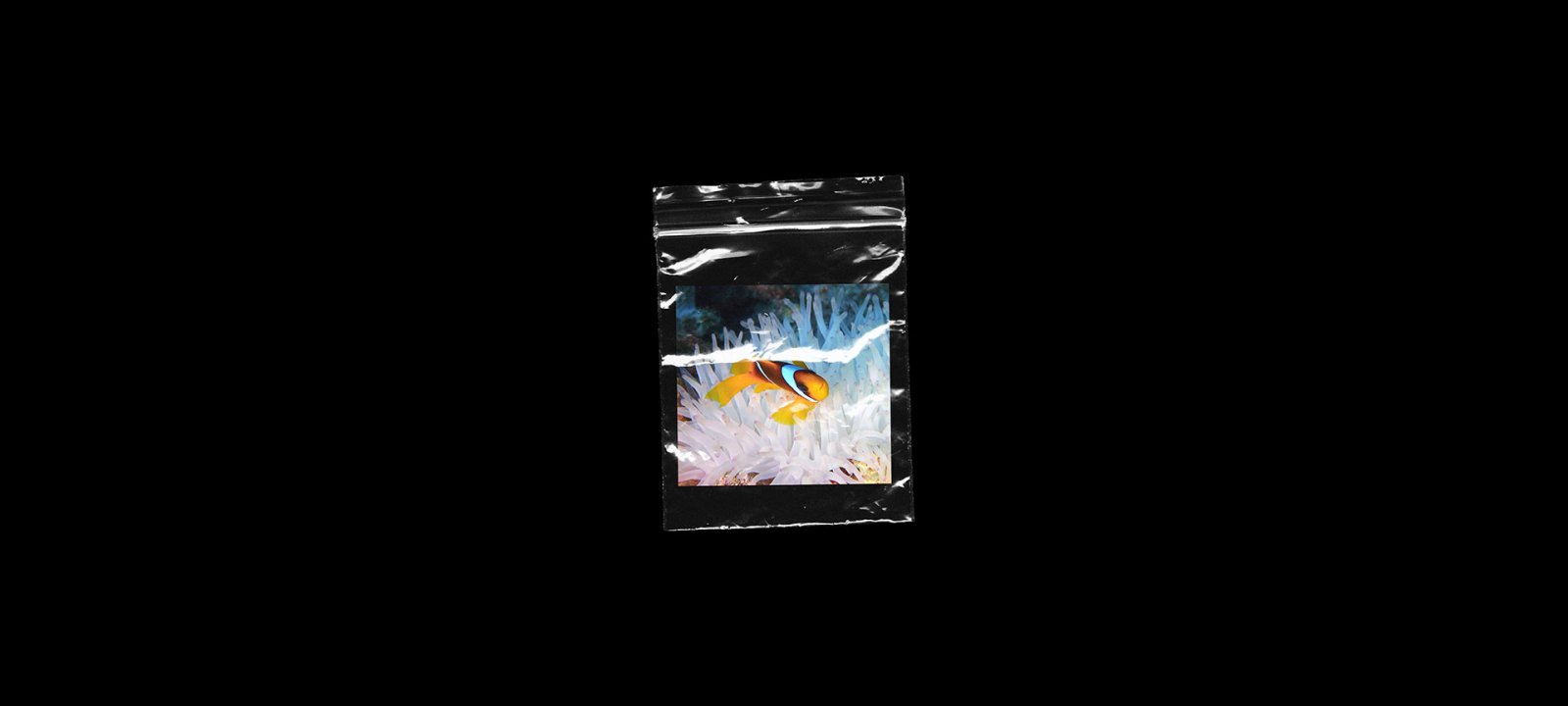
Turning the tide
But what to do with all the plastic that’s already in the ocean? “We are currently developing a computer tool that predicts where plastics will come ashore on the Galapagos Islands, helping local park rangers in effective ways of clean-up”, oceanographer Erik van Sebille says. “The Galapagos islands cover a lot of territory. This tool will help them decide which island to go to, to remove plastic from the beaches and prevent the plastics from washing back to sea.”
For this predictive tool the Utrecht researchers built software that combines all sorts of wind and water data in an advanced manner. It also uses data about ocean currents, collected via specially designed drifters. The researchers started with the Galapagos Islands, but plan to apply the same technique for other areas as well, such as Svalbard, Indonesia and the Wadden Sea.
Picking up the rubbish while it’s on land, prevents it from continuing on a long journey through the oceans
In the end the tool isn’t about cleaning beaches, it’s about cleaning the ocean, which starts at the beach: “Cleaning up large pieces of plastic on land is easier than removing the microplastic from the sea, and it has a much bigger effect”, Van Sebille explains. “Picking up the rubbish while it’s on land prevents it from continuing on a long journey through the oceans and falling apart into thousands pieces of microplastics. It limits the time plastic can cause problems at sea, and prevents plastic ending up on our plate.”
In a nutshell this is how Utrecht University contributes to a better world without plastic waste. By researching the impact plastic in our oceans has on the one hand, by finding out where the plastic is, develop ways to detect it and discover its health effects. And on the other hand finding solutions, by investigating responsibility, legislation and ways to reduce plastic waste. Join us in our mission to a life less plastic.

